What 11 Titanic Passengers Actually Looked Like in Real Life
The sinking of the Titanic was a disaster and out of 2,200, only 700 people escaped. There have been many films about this disaster, but James Cameron’s Titanic, released in 1997, is the most unforgettable. It has some amazing special effects, a lovely love plot, and dynamic and fascinating characters, of course.
1. Margaret Brown
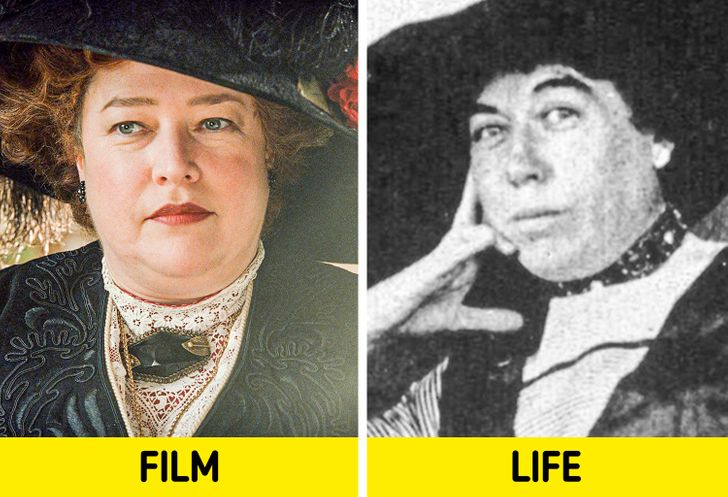
Margaret Brown, who lent her son’s suit to Jack for dinner with the aristocrats, was a true Titanic passenger. A philanthropist, a public figure, and an activist, she often cared of others. Margaret helped people get on the lifeboats and herself declined to get on a cruise. Later, she was negotiating with the boat commander, telling him to return to the crash site to support the survivors.
When the refugees were rescued by the Carpathia, Margaret was creating lists of survivors and searching for provisions and blankets for people. To raise money and psychiatric support for the survivors, she formed a commission. For her service, Margaret won the National Order of the Legion of Honour and was called “The Unsinkable Molly Brown.”
Click the Next button, To read more about the story!
2. Captain Edward Smith
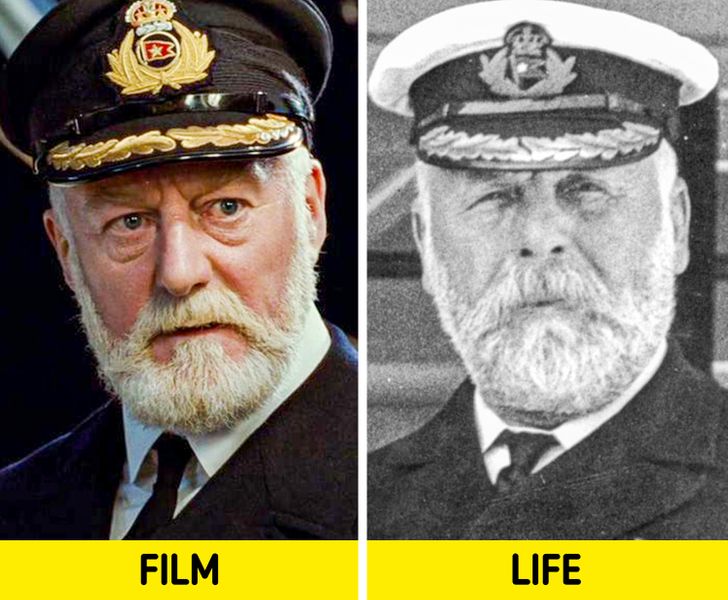
Under the command of 62-year-old Edward Smith, the Titanic was educated in an average family and dropped out of school at the age of twelve to begin service in the Royal Naval Reserve. With 40 years of service, Smith was the most accomplished captain of the White Star Line firm. The Titanic cruise was meant to be the last one for him before retirement.
There was a general opinion at the time that icebergs were not harmful. And in 1907, in an interview, the future Titanic captain announced that he could not “imagine any condition that would cause the founder of a ship.” Modern shipbuilding has moved past that.” There are controversial views on the captain’s life’s final minutes.” But there are some witnesses who say he died like a hero.
3. Joseph Bruce Ismay
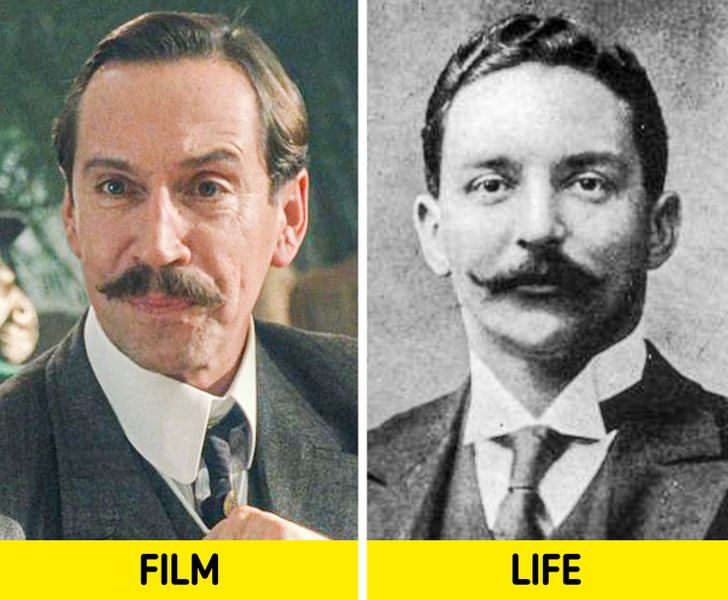
The chairman and head of the White Star Line corporation was Joseph Bruce Ismay. He decided to defeat his rivals, so he designed a truly luxury ship, which is why he requested a reduction from 48 to 16 in the amount of lifeboats on the ship.
Ismay was savaged by both the American and the British press for deserting the ship after he escaped the disaster when women and children were still on board. And even though the official inquiry proved that Ismay had rescued several passengers and had taken a free seat on the last lifeboat, he was regarded as a coward who had to live his life.
In the cinema, the pessimistic portrayal of Ismay is still taken on. The film by James Cameron was not an exception. It was said that the script would not be adjusted in any conditions as the history consultant requested the producer to rethink the role, because the audience would like to see this character in this light.
4. Thomas Andrews
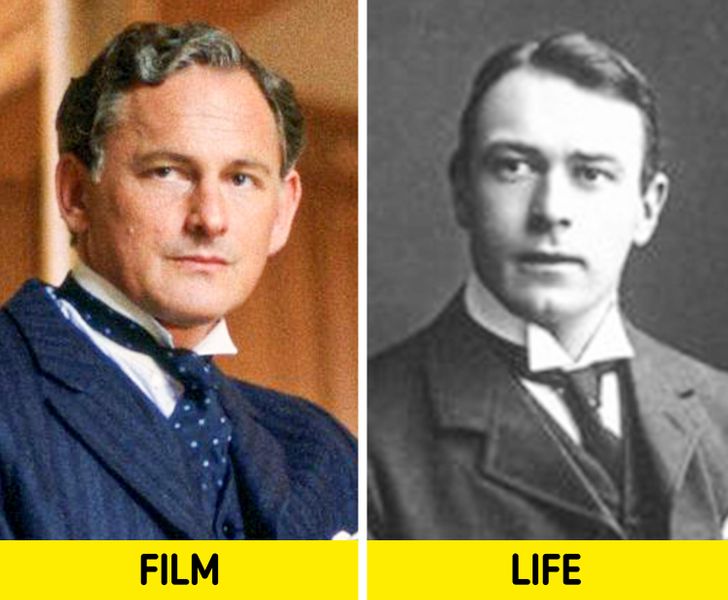
The builder of the Titanic was Thomas Andrews and he went on his first cruise to see how it worked. Andrews was one of the only individuals following the accident who realized the ship would probably sink.
He forced the passengers to board the lifeboats, checked the rooms in order to have citizens carry life vests to head out on the deck. Andrews never survived. A short time before the ship sunk, he was last seen. Andrew dropped chairs from the deck into the sea, thinking that they could be used by citizens as rafts.
5. William Murdoch
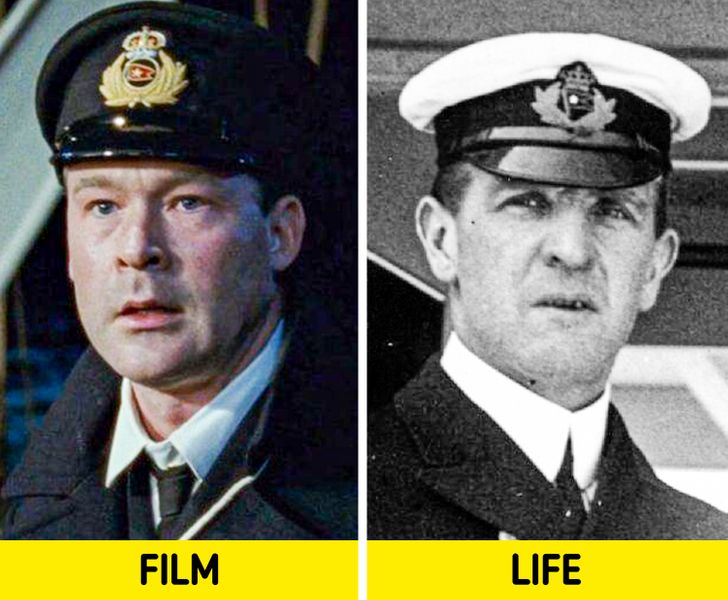
William Murdoch had 16 years of cruise experience and was the captain’s first assistant on the Titanic. On the day of the accident, he was the officer on board, but the iceberg was noticed too late and the crash occurred 37 seconds away.
In Cameron’s movie, the complicated and divisive character made his nephew very upset. The film makers went to the seaman’s motherland and apologised to his relative and contributed money to his name’s charitable fund as well.
6. Frederick Fleet
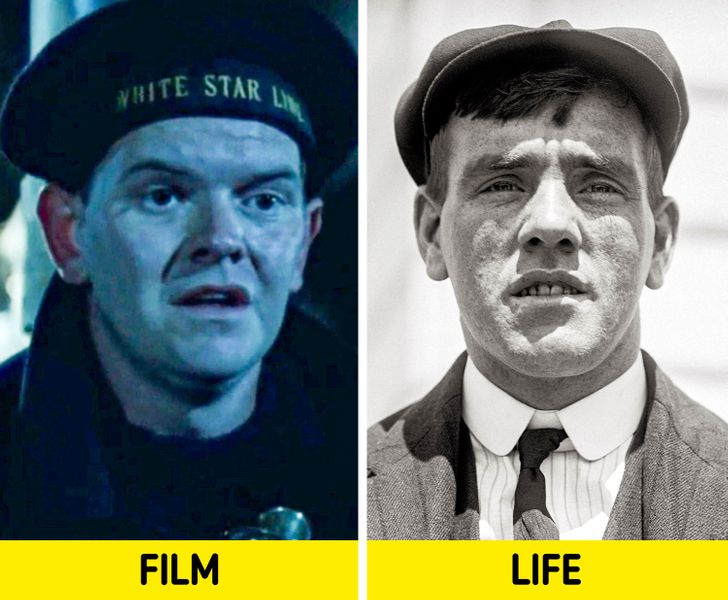
On the night of the disaster, Frederick Fleet and his colleague were on the alert, and he was the first to notice the iceberg. Later, while interrogated by the American and British inquiries, Fleet informed them that there were no binoculars for the lookout officers, although if they had, he claimed, “We might have seen it (the iceberg) a little sooner.”
Yet some scientists say that they might probably not have seen the iceberg in time, except with binoculars. Fleet wound up with “The Unsinkable Molly Brown” in the same lifeboat and he escaped the disaster.
7. Charles Lightoller
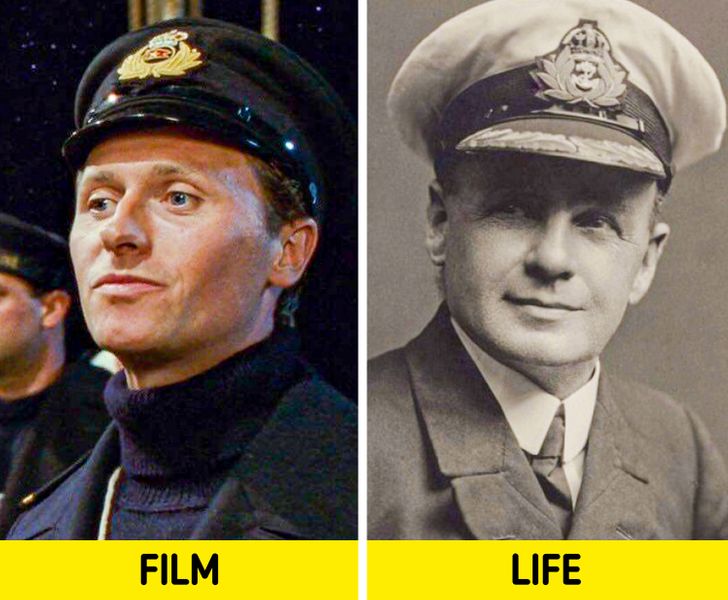
The captain's second assistant on the Titanic was Charles Lightoller. The officer leapt off the ship as the ship began to sink. With 29 other guys, he got into a lifeboat. They were taught by Lightoller to hold the boat balanced and not let it fall. Not all will have been willing to wait long enough for the rescue ship: several of them only plunged into the sea due to fatigue.
Lightoller was the senior officer among all the survivors and he made a number of cruise protection suggestions since the disaster. He focused on the the number of lifeboats, and suggested instruction booklets on how to operate them, establishing radio communication with each ship, and transmitting hazardous weather signals.
8. Archibald Gracie IV
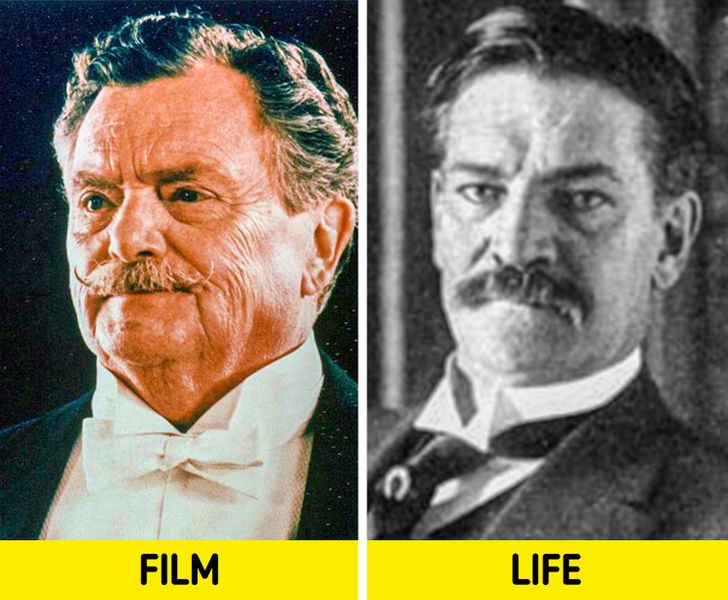
Archibald Gracie IV was an amateur historian, a journalist, and he was a first-class Titanic passenger. He helped Charles Lightoller bring women and kids into the lifeboats when the accident occurred. Since the ship had sunk, he saved himself on a yacht that had tipped over. He began writing a book about his Titanic journey when he returned to New York, which became a reliable source of knowledge for historians and scholars.
The colonel’s condition was compromised by hypothermia, and he died 8 months later from diabetes complications. “Gracie was so worried about the sinking of the Titanic that his last words were, “We must bring them into the ship. We must bring both of them onto the ship.
9. John “Jack” Phillips
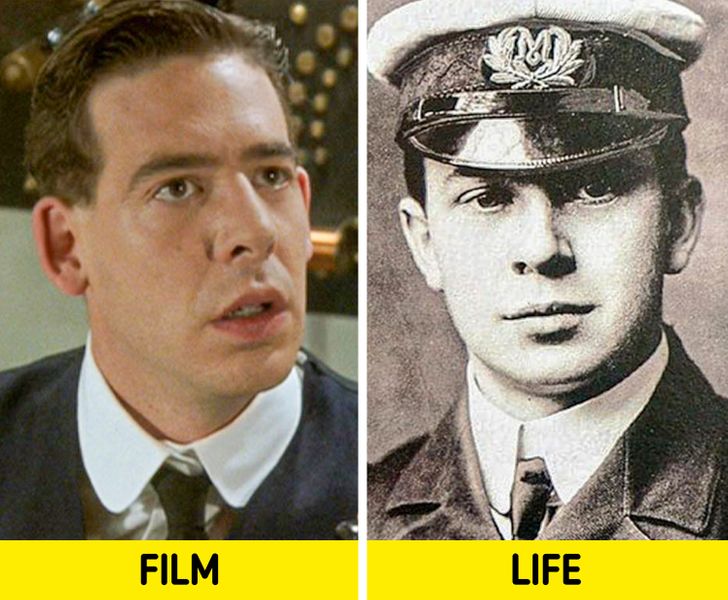
Jack Phillips, the wireless officer, had several telegrams from the passengers on the day of the disaster since the radio was disabled the day before. Phillips was so exhausted that he hadn’t yet sent the captain a few tips about the other ships’ icebergs. Phillips did not really listen to the entire message that may have helped avert the collision because “important” was not labelled.
The captain instructed all the officers to give SOS-signals when the crash occurred. And the transmission was not interrupted by Jack Phillips until the space was flooded with water and the radio was no longer running. Phillips didn’t endure the disaster. Harold Bride, who served with him, recalled that while everyone around him was in a hurry, he was shocked to see Phillips doing his job. He said that, in his last minutes, he will never neglect his job.
10. Ida and Isidor Straus
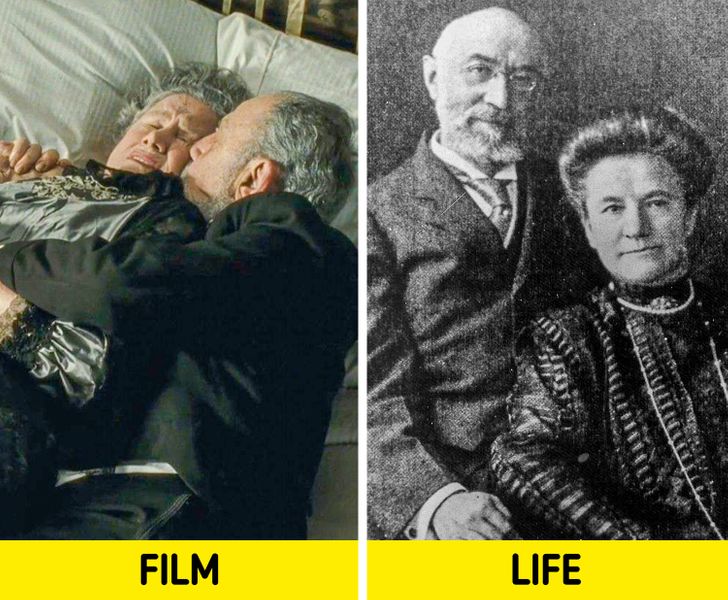
The movie scene where an old pair are kissing after the Titanic’s sinking is memorable. And these characters, Ida and Isidor Straus, have prototypes. The partners respected each other really. Even when the businessman and politician Isidor had to be away for college, every day they sent letters to each other.
The Titanic officer was ready to make them all stay in the lifeboat, given the age of the pair. Isidor, though, declined so he wanted to do as other men had done on the boats. He was attempting to get his wife on the board, but Ida didn’t want to lose her husband on a sinking ship. Ida said, ‘For many years, we have existed together. I go where you go.’ The elderly pair was last seen standing on the deck arm in arm.
11. Wallace Hartley
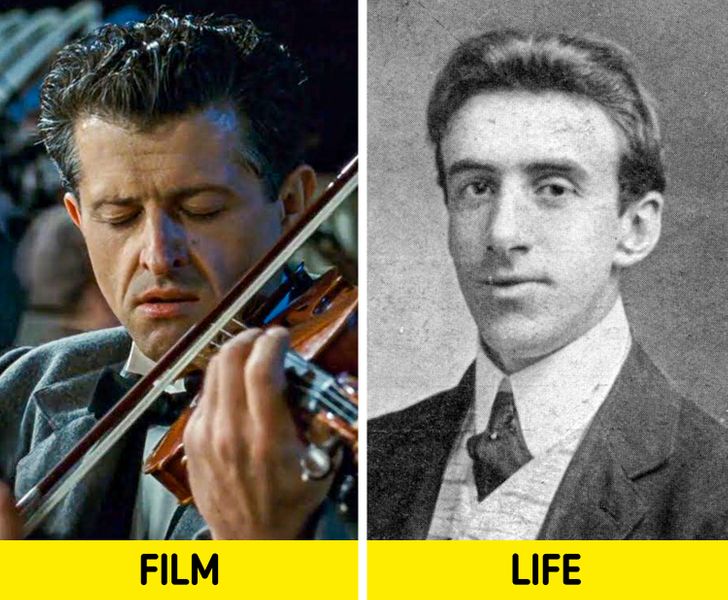
The scene in the film where the ensemble continued playing music, amid all the panic of a sinking ship, moved everybody. This episode is focused on events that are real. Wallace Hartley was the head of the ensemble on the ship, and Hartley and other musicians tried to hold passengers calm after the iceberg disaster, so they began playing music.
It was stated by several observers that the orchestra managed to perform until the ship sunk. Neither of the musicians endured. “The body of Hartley was discovered with his violin attached to it, and there was a note on the back that said, “For Wallace, from Maria on the occasion of our marriage.



Comments